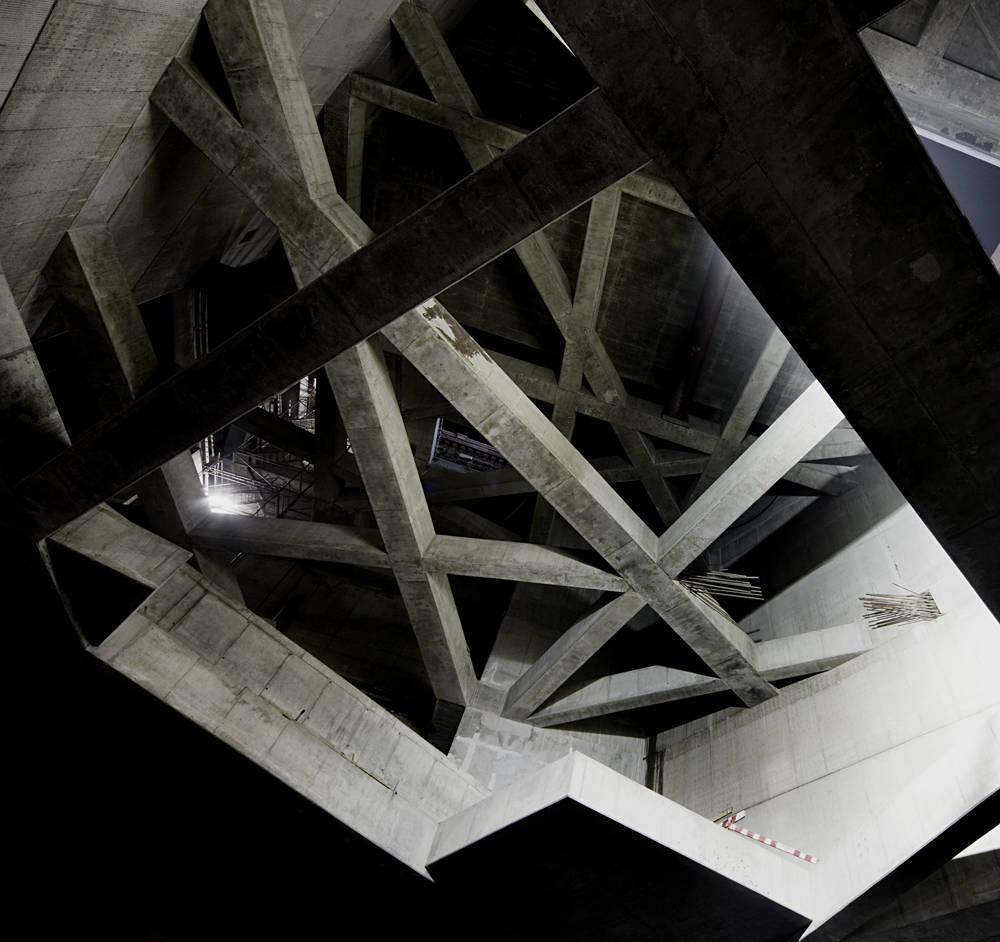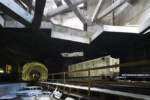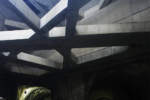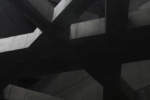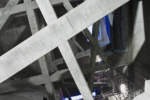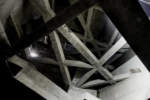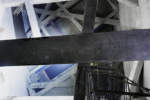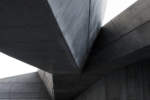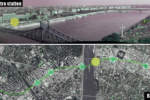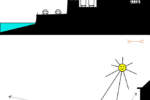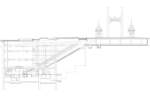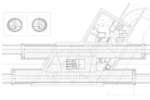architect: sporaarchitects
location: Budapest, Hungary
year: 2012
The new metro line planned in Budapest is to connect South-Buda with the city center.10 stations will be constructed in the first step. St. Gellért tér and Fovám tér stations are on the left and right banks of the river Danube. ”FoVÁM TÉR” station is a twin station of St. Gellért square, with a similarly complex structure; it is composed of a cut-and-cover box and tunnels. The complexity of the structure is even greater, since here a new tunnel for the tramline and a new pedestrian subway has to be constructed as well. Having the new underground station, Fovám tér will become a new gateway of the historic downtown of Pest.
Only a complex structural system could fulfil the requirements emerging from the proximity of the Danube and the given construction site. On that reason, the station is constructed of a cut-and-cover box and four tunnels. The station is divided into two main structural parts constructed using two different building methods. There is a box structure built through an open pit from the surface. Work pits are supported by slurry or pile walls. The other part of the station is under an existing building, it is built using NAT methods.
The box will be supported by three levels of reinforced concrete beams, the structure of which will be similar to a net. There are three layers of this network, which keep the walls of the box like a bone-structure. The design of the box is determined by this sight of concrete net-structure. In the other part the tunnels have a curved cross section. The walls and the columns will be covered with printed ceramic tiles of the artwork type, reflecting to the Zsolnay ceramics of Gellért hotel, which is nearby the site. Due to the construction technology, huge rooms have been created in the inner spaces of the stations. The section of the space is proportional to the cross section of an average street in Pest, built in the eclectic period in the 19th century, so the station can be interpreted as an inverse street or square under the surface. Playing on natural light has been an important aspect in the architectural formation of the entire line. The main goal – apart from giving enough light of course – is to show the architectural forming as much as possible. In the surface of Fovám tér a huge square will be created without traffic. This will allow the locating of glassy, crystalloid skylights, which will let the sunlight reach the platform level, emphasizing the unique character of the beam network


